Bosphorus Cruise, October 22nd
Second day of our stay in Istanbul we took an iconic cruise up the Bosphorus Straits for a fun sightseeing trip. Its 19 miles connect Sea of Marmara to Black Sea and, in turn, connects to the Mediterranean. The most fascinating part was that it has one shore in Asia and the other in Europe dividing Asia from Europe- an ultimate access point to the world. Both sides have a lot to offer to the sightseers in the form of restaurants, beautiful mosques, and several palaces making the cruise a must-do activity for the tourist to Istanbul. Our cruise included visits to Rumelihisari, Dolmabache Palace, and Camlica Hill.
When the cruise started, first thing we saw was that the Bosphorus was filled with Jelly fish. And as we sailed along, both European and Asian shores were visible all the time. You could clearly view the luxury houses, palaces, and lot of buildings from the boat. The guide mentioned that most boys’ schools were converted to co-ed, and government buildings of the old time (when Istanbul was the capital) were converted to universities, restaurants or museums. One of the stop was Rumelihisari on the European side which was built in 1452. It was commissioned for the planned Ottoman siege of Constantinople. Once the Ottomans achieved their goal, they made the city into their capital and renamed it Istanbul in 1453.

One next stop was Dolmabache Palace. The Ottoman Sultan, Abdulmecid envisioned this luxurious accommodation for his family. The architect, Evanis Kalfa, designed and constructed this 45,000 sqm palace on the Bosphorous. The new palace was named Dolmabache; In Turkish dolma meaning ‘filled’, and bache meaning ‘garden’ These beautifully laid out gardens provided tranquility and pampered lifestyle for the Sulatan’s family. Splendor and Opulence of the palace was in keeping with the Ottoman tradition and style.

We were not allowed to take photos. We went around and saw this lavish, ornate palace with its great halls and many of the important rooms.
1. There were immense and exquisite chandeliers on pedestals in the reception room.
3. Bear skin rugs adorned each side of Grand Reception Room, with 4.5-ton chandelier, was gifted by Queen Victoria, hung in the center of the ceiling in pastel blues and beige of the Grand Hall.
2. Organ gifted by Kaiser of Germany.
4. Reception and feast room for men.
5. Reception and feast room for the ladies. Since men and women were separated, women could watch from a grilled window.
6. Grand entrance gates with huge carved white doors.
7. A guard at the entrance stood like a robot without moving a muscle.
8. We were surprise to see that the Sultan’s bedroom was not at all impressive, and then we found out that this was sultan’s bedroom when he was in house arrest. His real bedroom was closed off.
During the Ottoman Empire the palace was the central administrative HQ, and the residence for Sultans family. But with the rise of Turkish Republic in 1923, Mustafa Kamal Ataturk, father of the republic, used it as a summer palace until he died on November 10, 1938. A fact that sticks in my memory is the clock in Atatürk’s room showing the time 9.05 am-the time he died.
Our next stop was Camlica Hill. We had to cross the Bosphorus bridge by bus to get to the Asia minor side. The view point was called Camlica hill. We were really lucky to be there on a beautiful, bright and sunny day giving us a luxurious, and clear view of the European skyline as well as the the shore all along. we got to the highest point in Istanbul from where we admired the surrounding beautiful gardens, and landscapes designed in traditional style. We could see the southern shore of Bosphorus lined with wooden villas, palaces of marble finish, fortresses, and small fishing villages. it was a great sightseeing trip, which becomes more special each time it is remembered.

Bosphorus Cruise, October 22nd Recipe
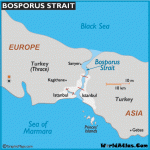
By Published: June 5, 2019
Second day of our stay in Istanbul we took an iconic cruise up the Bosphorus Straits for a fun sightseeing trip. Its 19 miles …


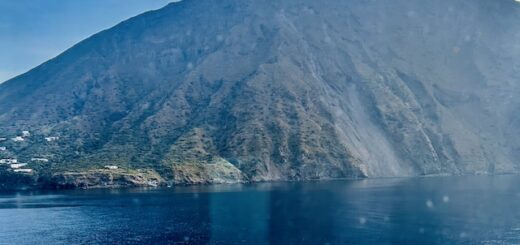
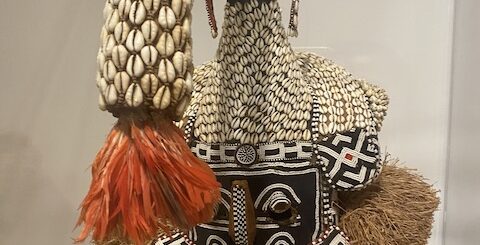
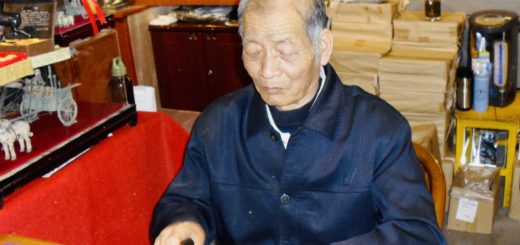
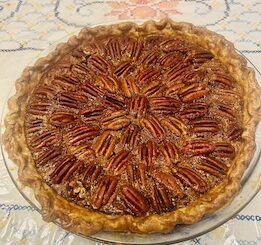


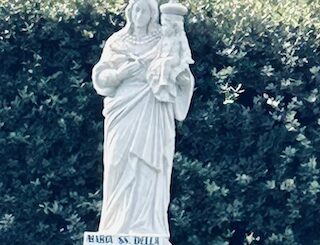
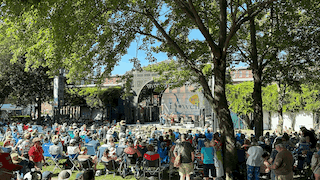


Very nice pictures. A lot of amazing history
Thanks.